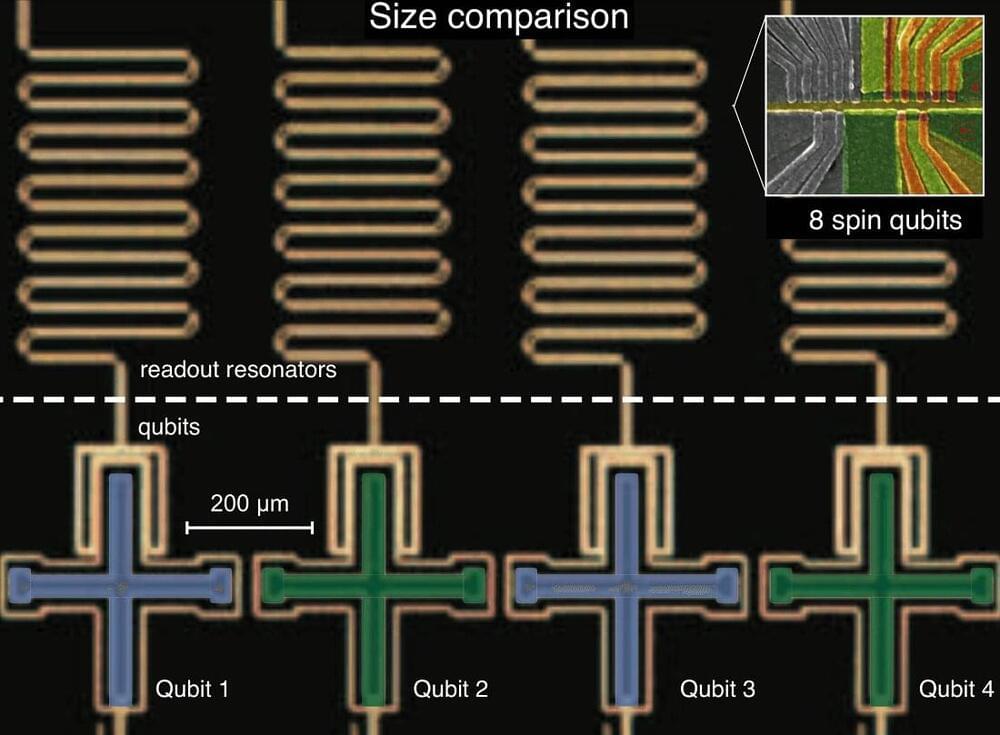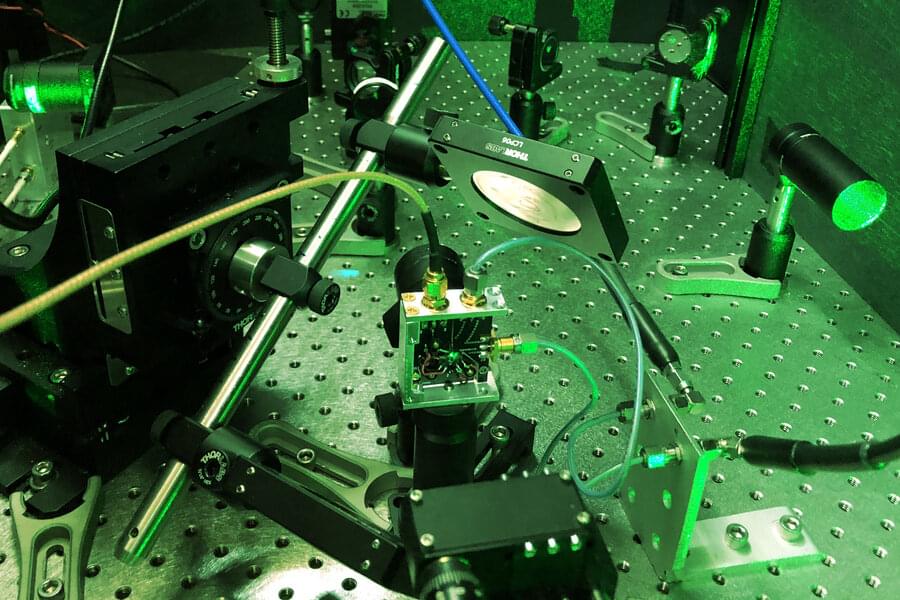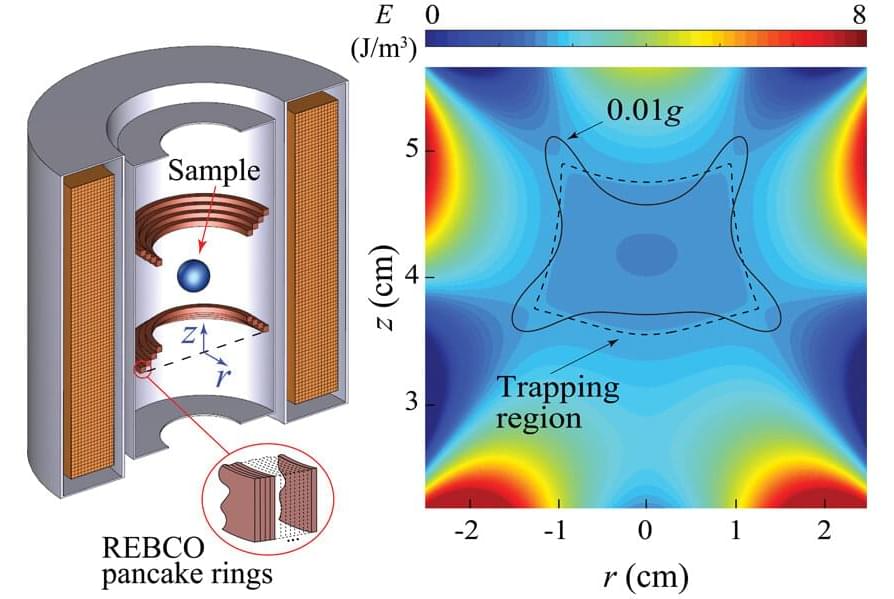If China — and then Russia and other nuclear powers — get gliders, however, these defensive systems will be obsolete. Nuclear payloads could then zip around the South Pole instead, for instance. They’d never even exit the atmosphere. And they could change their trajectory, being controlled all along by a Chinese operator with a joystick.
All this makes China sound menacing and aggressive. In that sense, the news seems to rhyme with revelations that China is also building a couple of hundred silos for more conventional intercontinental missiles that could carry nukes.
In reality, China probably appears so aggressive only because it feels incredibly insecure. The greatest fear in Beijing is that in an escalating conflict — over Taiwan or whatever else — the U.S. might be tempted one day to launch preemptive nuclear strikes to take out all or most of China’s arsenal. The Americans would only contemplate such a drastic step, of course, if they thought that their own defenses could parry any remaining missiles coming from China in retaliation.





